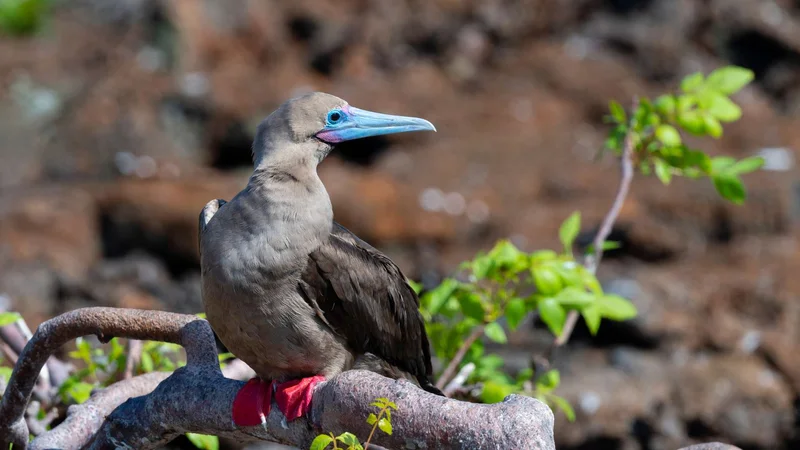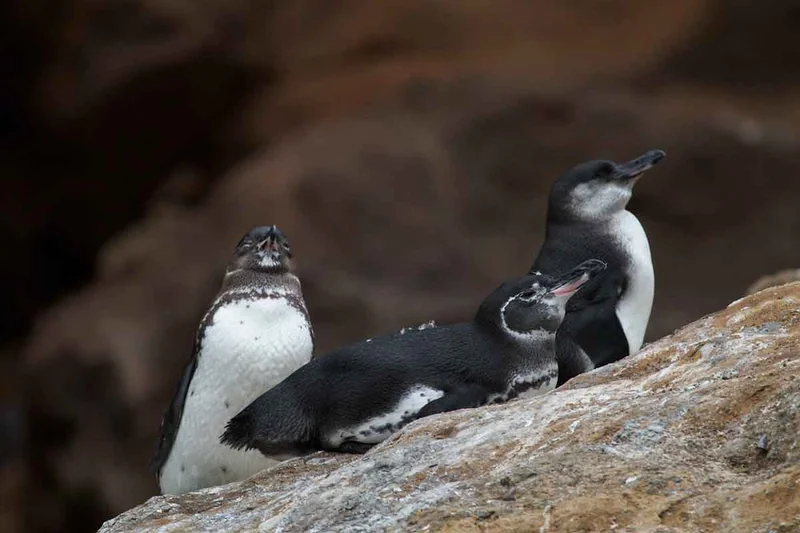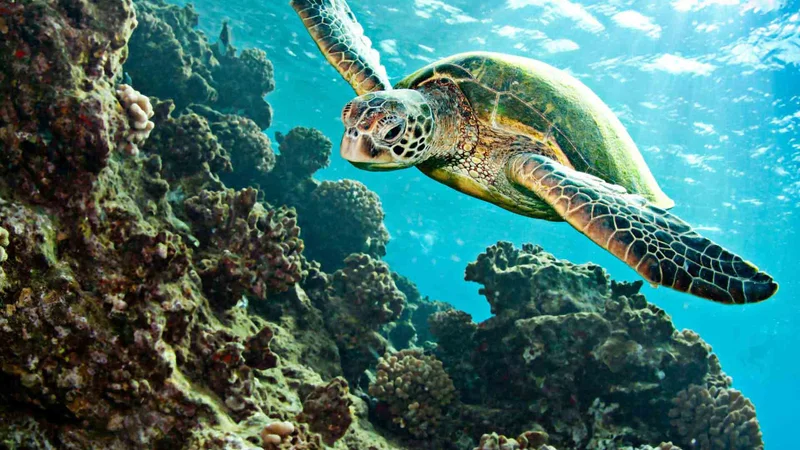
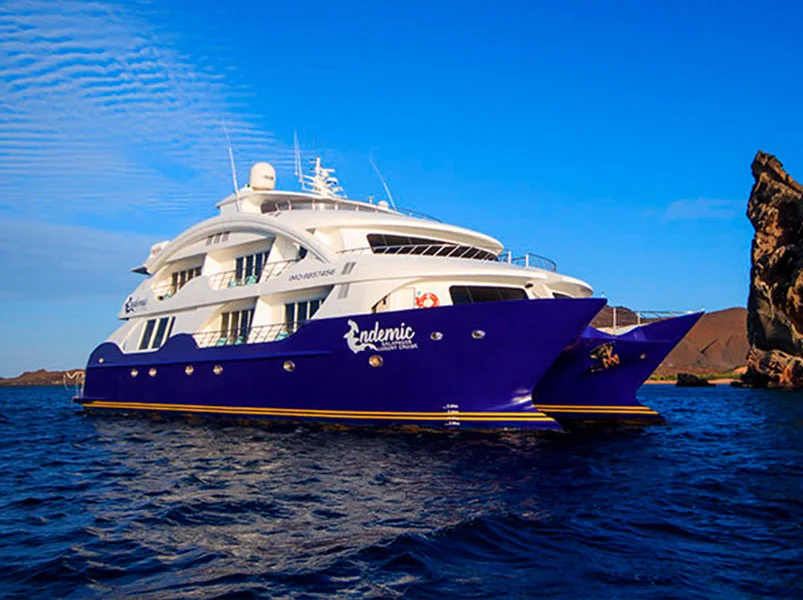
8 Day Galapagos Itinerary
Day 1: Baltra Island & Santa Cruz Island: Bachas Beach
Upon arrival, reception and assistance at the airport, transfer from Baltra Airport to the M/C Endemic In the afternoon, visit to Las Bachas, which is a beautiful white-sand beach, located on the northern coast of Santa Cruz Island. There you can go for a stroll or do some easy snorkeling in the gentle surf. Sea turtles lay their eggs at the edge of the vegetation. You can also look for a rusted pontoon, a relic of the Second World War. In fact, “bachas” is a poor pronunciation of “barges,” two of which were wrecked offshore at that time: the locals mispronounced the name and it stuck.
Day 2: Genovesa Island: Darwin Bay & El Barranco (Prince Philip’s Steps)
Darwin Bay
In the morning, visit to Darwin Bay, which is the only sandy beach found in the caldera on Genovesa. Colonies of the Great Frigates are found along the beach. Male exhibit their red balloon pouch to females for hope of a match Red-footed boobies nest in the trees in contrast to the other two booby species which do so on the ground.
El Barranco (Prince Philip’s Steps)
In the afternoon, you will go to El Barranco (Prince Philip’s Steps), a carved out of stone stair. This will lead you to a wide plateau, where you can observe large colonies of masked boobies, frigate birds, storm petrels and ducks. During this easy stroll you will cross a small Scalesia forest, habitat of the short-eared owl. The same path will lead you back to your boat.
Day 3: Santa Cruz Island:Twin Craters & Santiago Island: Sullivan Bay
Santa Cruz Island: Twin Craters
In the morning, after breakfast, the Twin Craters will be visited. Located in the highlands of Santa Cruz on the road to Baltra airport from Puerto Ayora, these scenic craters are approximately 30 meters deep. These two huge land depressions are surrounded by a Scalesia forest with abundant birds such as the yellow warbler and the Vermilion Flycatcher. Gorgeous views of the leafy green highlands forest are also part of the visit. You will stay in the highlands of Santa Cruz island to see giant tortoises in the wild. These impressive animal gives the name to the archipelago. You can easily appreciate the Galapagos giant tortoises in their natural habitat, eating, walking among others. This is also a good place to see birds such as short-eared owls, Darwin’s finches, yellow warblers, Galapagos rails and paint-billed crakes. As part of this experience, you will visit underground lava tubes formed by cooled and solidified lava. Then we will continue our journey to board the M/C Endemic.
Santiago Island: Sullivan Bay
In the afternoon, you will visit Sullivan Bay, located on the east coast of Santiago Island. We land on a white coral sand beach and begin our walk over lava that flowed less than 100 years ago. This is the perfect place to see and feel the volcanic origin of Galapagos. Also in this area you will admire flora that grows in lava fields.
Day 4: Isabela Island: Sierra Negra Volcano & Arnaldo Tupiza Breeding Center
Sierra Negra Volcano
Or you may visit Sierra Negra Volcano, one of largest craters in the archipelago with a diameter of five kilometers. It offers mesmerizing views with great contrast in colors between lava fields, vegetation and fumaroles.
On the way up to Orchilla hill, giant tortoises and marine iguanas will appear. From the viewpoint the spectacular scenery of the bay, the town of Puerto Villamil, volcanoes, islets and rocks can be appreciated. Isabela wetlands has endemic and introduced species.
Arnaldo Tupiza Breeding Center
After lunch visit the Arnaldo Tupiza Breeding Center of Isabela, infant and juvenile giant tortoises can be seen until they are ready to be released and survive in the wild.
Muro
Day 5: Isabela Island: Elizabeth Bay & Urbina Bay
Elizabeth Bay
In the morning, you will discover Elizabeth Bay, which is a marine visitor site. The excursion is carried out in a zodiac and so there is no landing point . Your zodiac ride starts with a visit to the Marielas islets where there is the largest and most important penguin colony in the Galapagos Islands. The excursion continues into the cove that is surrounded by red mangroves where you can spot sea turtles, flightless cormorants, spotted eagle rays, golden rays, brown pelicans and sea lions.
Urbina Bay
In the afternoon, Urbina Bay will be visited. Here you can see coral formations, large colored land iguanas. The possibility of seeing giant turtles, flightless cormorants, blue-footed boobies, penguins and marine iguanas is excellent.
Day 6: Isabela Island: Tagus Cove & Fernandina Island: Espinoza Point
Isabela Island: Tagus Cove
After breakfast, Tagus Cove will be the first attraction to see. A ride along the cliffs in a zodiac will give visitors a good chance to see the Galapagos penguin, the flightless cormorant and other sea birds.
From the landing dock it is about a 30-minute hike along the trail up to the top of the cliff from where you can view Darwin Lake, a saline lake saltier than the sea. You can also see several volcanoes from this location.
Fernandina Island: Espinoza Point
After lunch, Espinoza Point will be visited, which is one of Fernandina’s visit points. Located within a fascinating lava scenery with Lava-Cactuses. On the surface of the lava, mangroves thrive. The highlights are sea lions, penguins, the flightless cormorant (especially in spring and summer), and one of the biggest iguana colonies of Galápagos.
Day 7: Santiago Island: Espumilla Beach & Buccaneer Cove & Rabida Island
Santiago Island: Buccaneer Cove
In the morning, you will have the opportunity to discover the Buccaneer Cove that is located just north of James Bay.
It was known as a safe haven in the 17th and 18th century for pirates to stash their loot, take on fresh water and capture tortoises for food. It is a nice place for a zodiac ride, snorkeling and kayaking. Blue-footed, Nazca boobys, fur seals, and Galapagos hawks can be seen flying overhead.
Santiago Island: Espumilla Beach
Or visit to Espumilla Beach will take place. It is a pristine sandy beach and a popular place for marine iguanas and Sally Lightfoot Crabs. The crabs attract the hunting herons, performing the dance of predator and prey. With an abundance of marine life including octopi, moray eel, and shark, snorkeling is recommended and available.
Rabida Island
In the afternoon, you will be taken to Rabida Island. Its main attraction is the red sand beach, famous for its cactus groves and rock formation scenery, aside from the vegetation of the arid zone and the presence of native and endemic species. During the walk on the red sand beach you will see brown pelicans’ nests, and a lagoon where flamingos are seen from time to time..
Day 8: Mosquera Islet & Departure from Baltra Island
Mosquera Islet
In the morning, visit to Mosquera, a small islet found between Baltra & North Seymour Islands. Lava gulls, sea lions, Sally light foot crabs inhabit this sand bank with an extension of over 600 meters. It also hosts the largest populations of sea lions and orca whales that can be seen occasionally depending on the season you visit the islet.
After this last visit, transfer to Baltra airport for your return flight to mainland Ecuador.
Assistance and farewell at the airport.
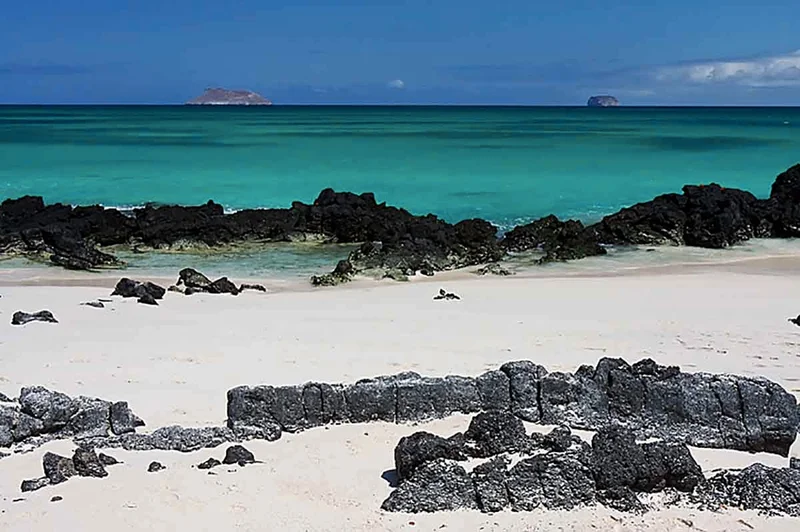
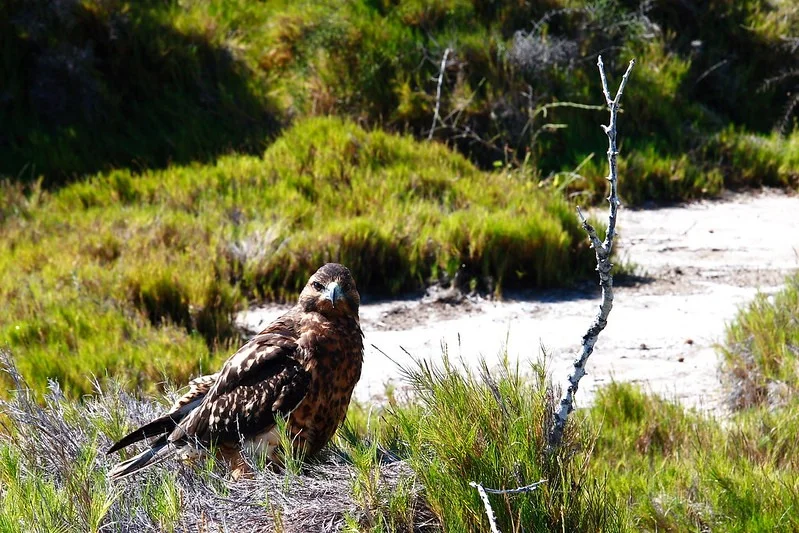
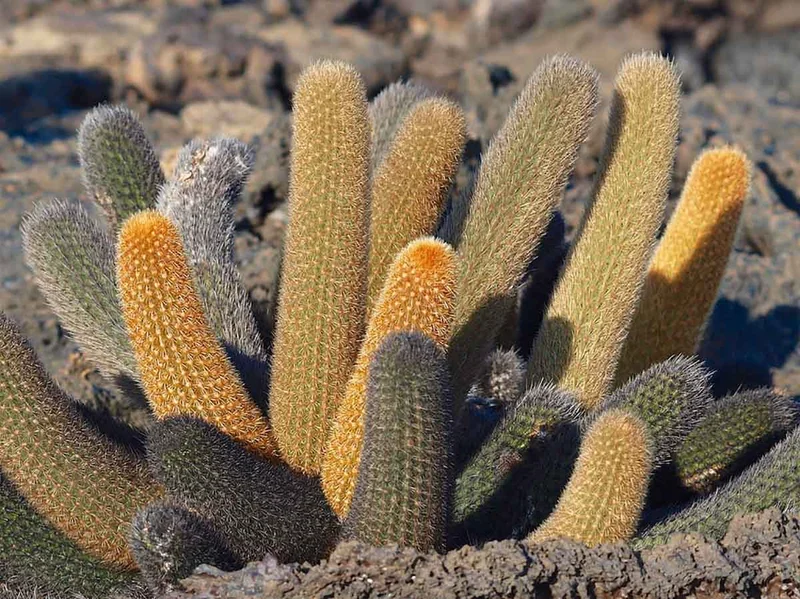
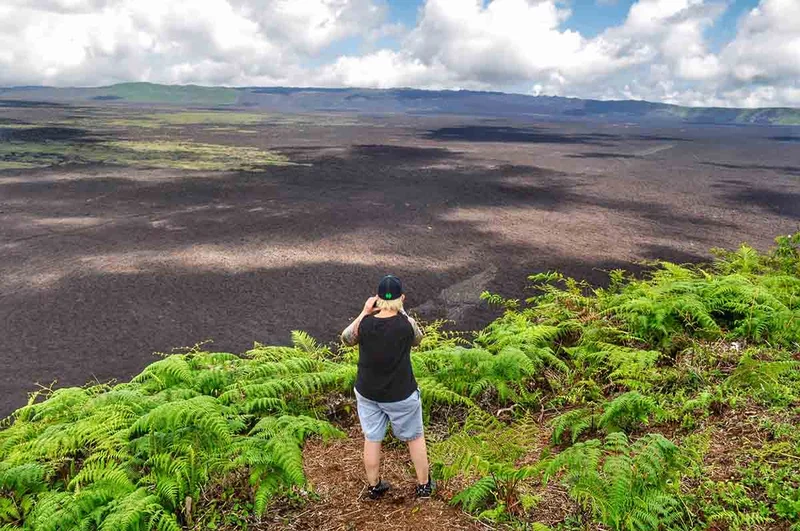
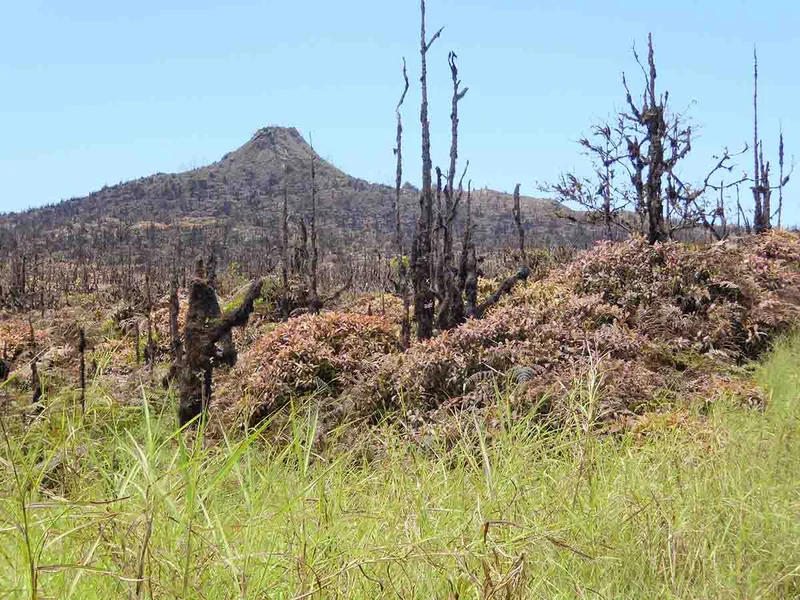
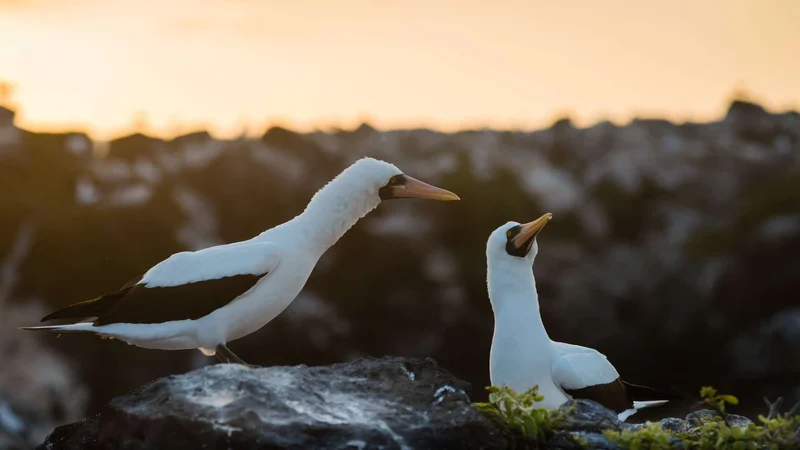
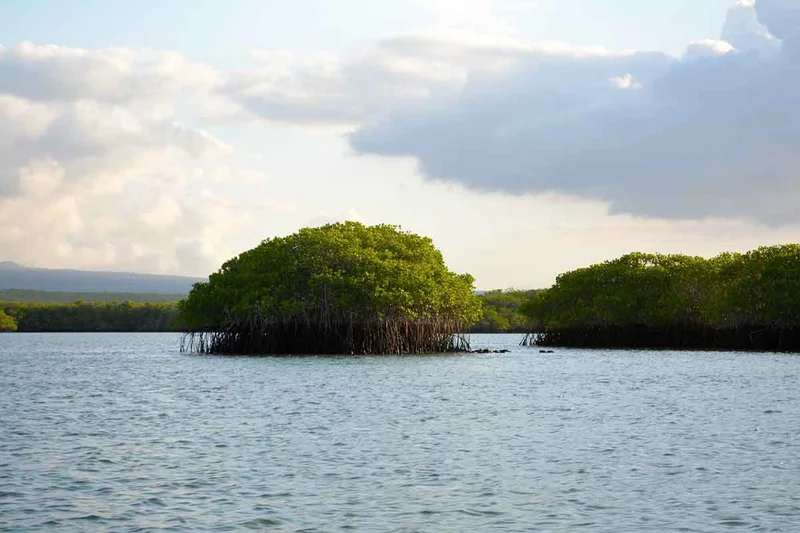
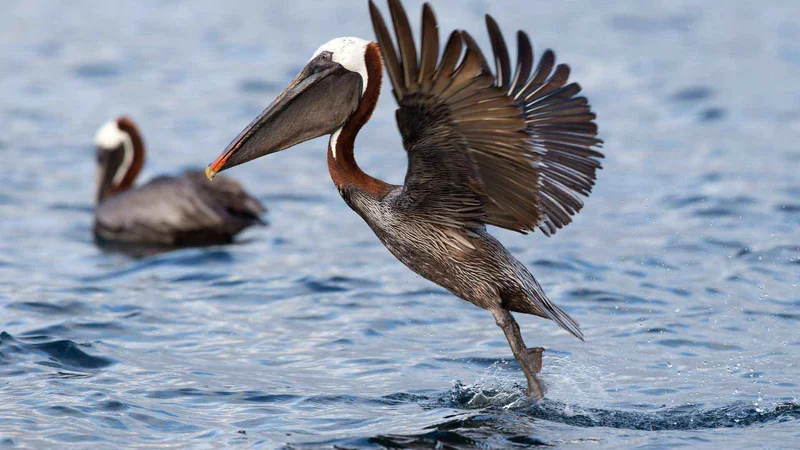
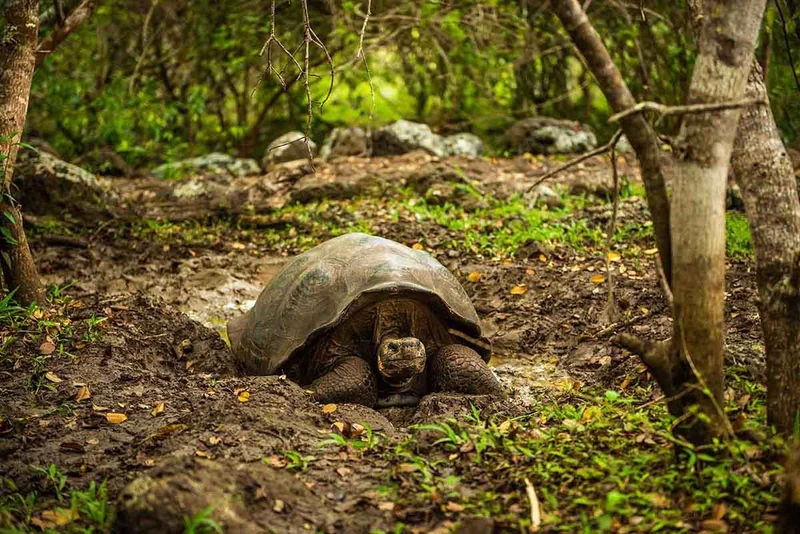
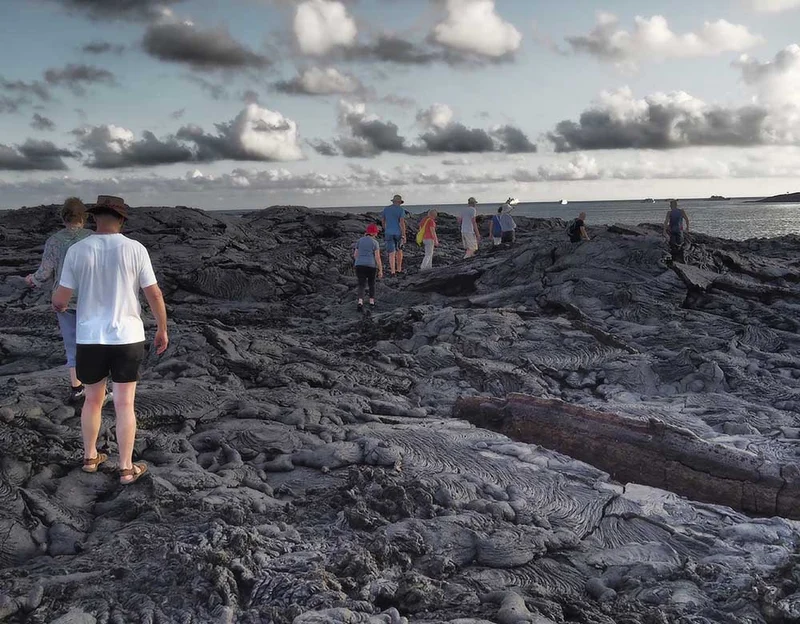
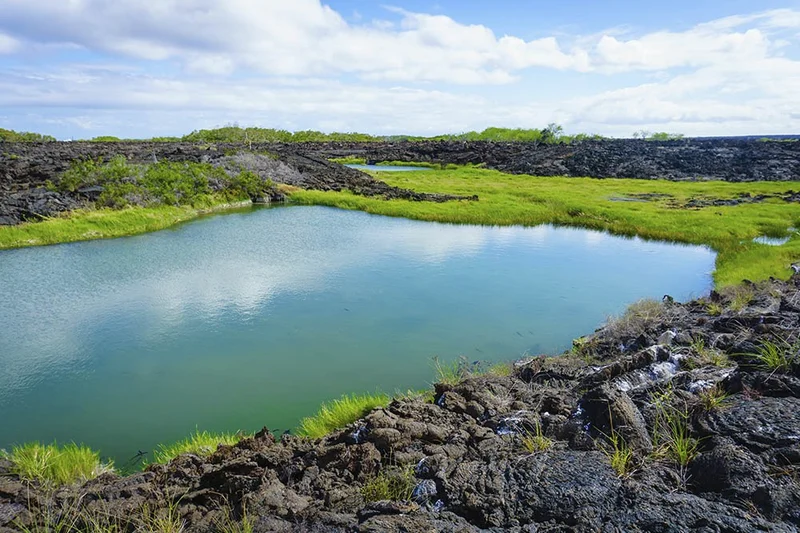
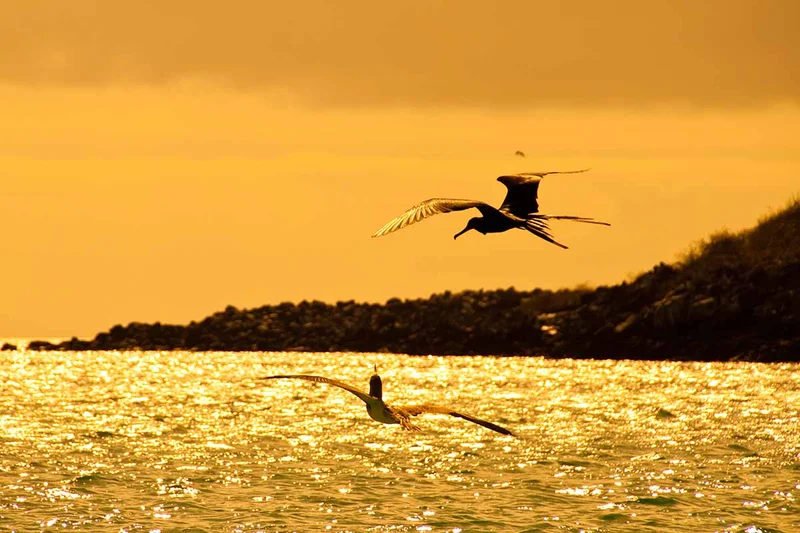
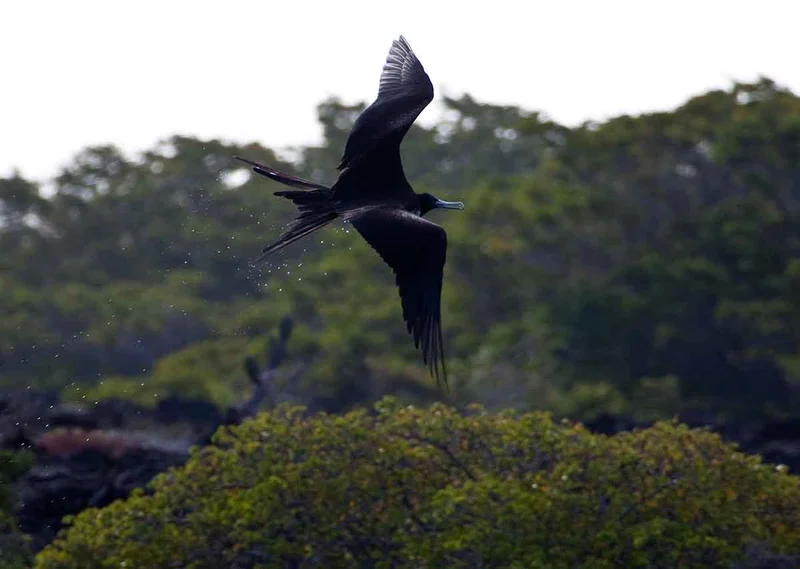
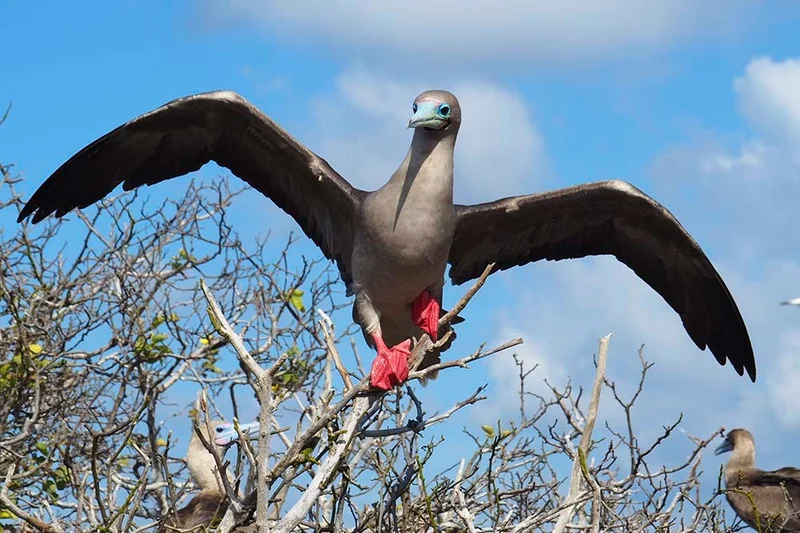
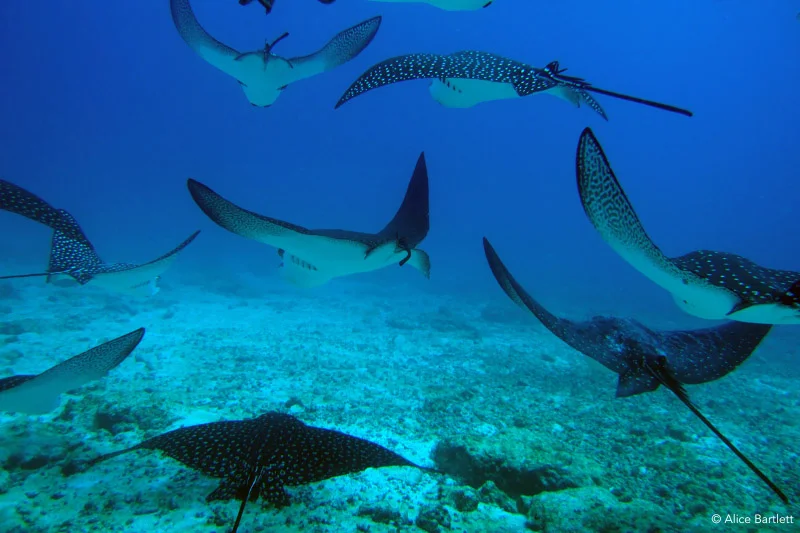
8 Day Galapagos Itinerary Includes
- Transfers airport/yacht/airport in Galapagos
- Airport reception and assistance
- Double or single accommodation
- Guided expeditions according to the itinerary
- Top bilingual National Park guide (English / Spanish)
- Cruise Service Officer
- Activity daily briefing
- All meals and snacks
- Soft drinks and juices
- Captain’s welcome and farewell cocktail
- Supplied expedition gear
8 Day Galapagos Itinerary Does not Include
- Round trip to Galapagos
- Galapagos National Park Entrance fee ($200 – subject to change)
- Transit Control Card ($20 – subject to change)
- Alcoholic and bottled beverages
- Gratuities for guide and crew
- Travel and health insurance
- Micro SD Card
8 Day Galapagos Itinerary Highlights
- Keep an eye out for dolphins as they swim at the bow of the Endemic catamaran
- Walk amongst nesting red footed boobies in the mangrove forest at Darwin bay
- Swim with marine iguanas as they feed on algae off the coast of Fernandina island
- Learn about the flightless cormorant an icon in the theory of evolution
- Enjoy a different sunset at a distinct Galapagos island every afternoon
Itinerary Map
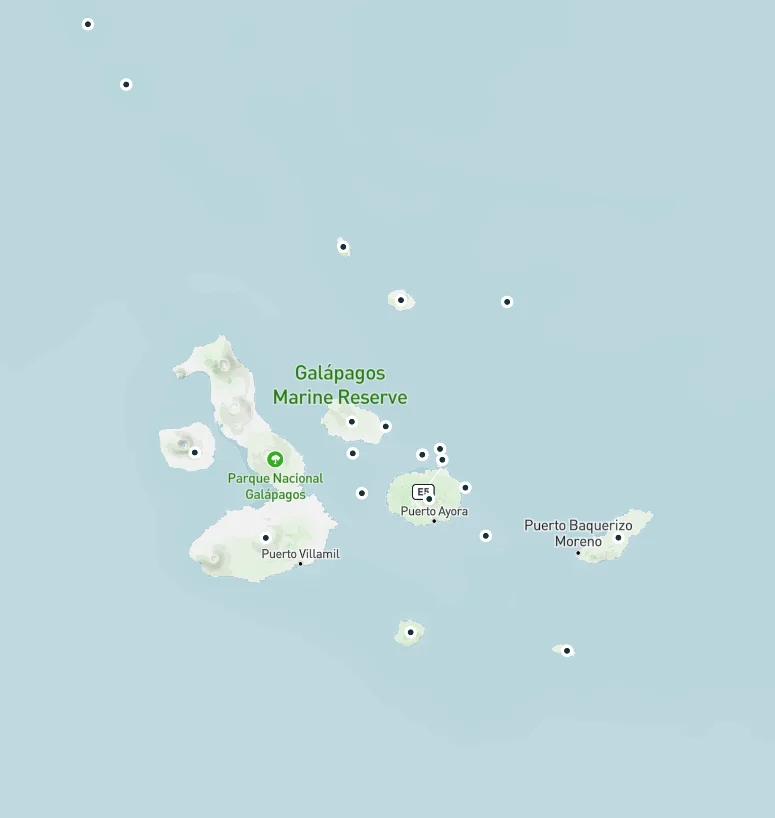
Dates & Promotions
| Dates | Price | Availability | |
|---|---|---|---|
No data | |||
Reviews
Animals you might see on this itinerary:
More information about the Galapagos Islands you visit in this 8 day itinerary:
Why travel with us?
Similar Itineraries
